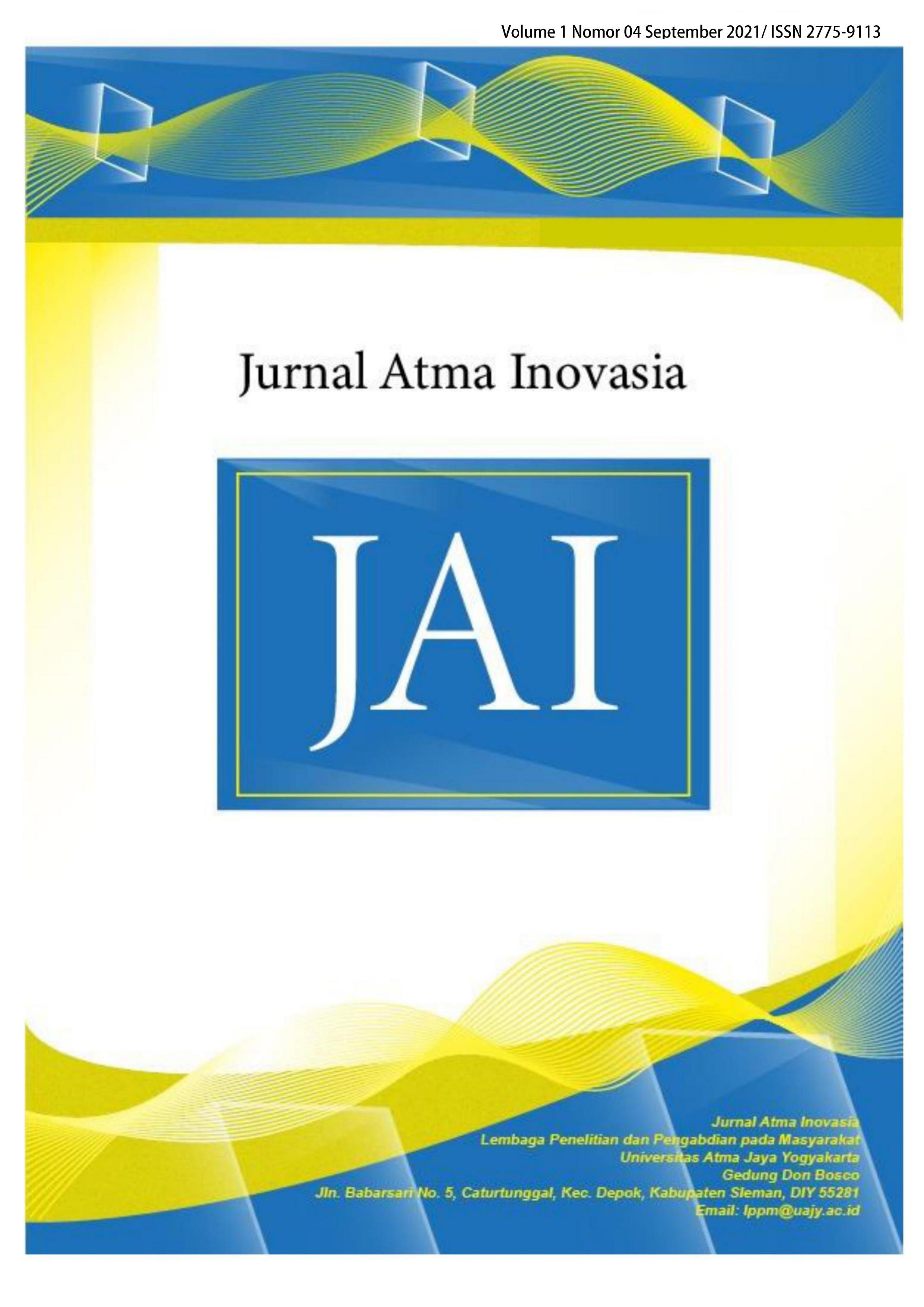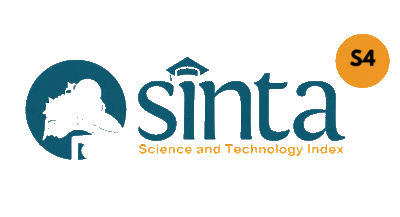Kajian Daerah Resapan Air Sebagai Peningkatan Sumber Daya Air Desa Krambilsawit Kecamatan Saptosari Kabupaten Gunungkidul
DOI:
https://doi.org/10.24002/jai.v1i4.3993Keywords:
KKN, Biopories, Absorption Wells, Afforestation, Krambil Sawit Village, Gunung Kidul, Yogyakarta.Abstract
Krambil Sawit Village often experiences drought and sometimes it is difficult to get clean water sources. Biopores, absorption wells and reforestation are methods to maintain water availability by conserving groundwater. The purpose of this research is to provide important knowledge and information to residents in Krambil Sawit village, Gunung Kidul, Yogyakarta to obtain clean water by making biopores, absorption wells and reforestation.
In this Kuliah Kerja Nyata (KKN) using online system, the method used is a qualitative research method that begins with conducting a location survey and analyzing data from Krambil Sawit Village, google maps, and online news portals available on Google. Socialization of biopores, absorption wells, and reforestation through videos and e-books made by groups 35 KKN 78.
The results of the community service research conducted by the 35 Group were that the community obtained important knowledge and information regarding groundwater conservation by making biopic infiltration holes, infiltration wells and improved reforestation that can process standing rainwater into a source of clean water that is beneficial to residents around the village. Krambil Sawit Village, Gunung Kidul, Yogyakarta
References
M. Juliandari, “Efektivitas Lubang Resapan Biopori Terhadap Laju Resapan (Infiltrasi),” J. Teknol. Lingkung. Lahan Basah, vol. 1, no. 1, pp. 1–10, 2013, doi: 10.26418/jtllb.v1i1.3441.
R. Safitri, R. Purisari, and M. Mashudi, “Pembuatan Biopori dan Sumur Resapan untuk Mengatasi Kekurangan Air Tanah di Perumahan Villa Mutiara, Tangerang Selatan,” Agrokreatif J. Ilm. Pengabdi. Kpd. Masy., vol. 5, no. 1, pp. 39–47, 2019, doi: 10.29244/agrokreatif.5.1.39-47.
S. Santosa, E. Soekendarsi, M. S. Hassan, Fahruddin, M. Litaay, and D. Priosambodo, “Biopori Dan Biogranul Kompos Sebagai Upaya Peningkatan,” J. ABDIMAS, vol. 3, pp. 1–5, 2018.
H. Duppa, “Sumur Resapan Untuk Mengurangi Genangan Air Dan Banjir,” J. Sci. Pinisi, vol. 3, no. 1, pp. 48–54, 2017.
A. Azis, H. Yusuf, and Z. Faisal, “Konservasi Air Tanah Melalui Pembuatan Sumur Resapan Air Hujan Di Kelurahan Maradekaya Kota Makassar,” INTEK J. Penelit., vol. 3, no. 2, pp. 87–90, 2016, doi: 10.31963/intek.v3i2.57.
F. Apriani, Y. D. Setianingsih, U. M. P. Arum, K. A. Susanti, S. I. Wicaksono, and A. Faruk, “Analisis Curah Hujan Sebagai Upaya Meminimalisasi Dampak Kekeringan Di Kabupaten Gunung Kidul Tahun 2014,” Khazanah, vol. 6, no. 2, pp. 14–22, 2014, doi: 10.20885/khazanah.vol6.iss2.art2.
A. Wardhana, W. Sartohadi, J. Rahayu, L. dan Kurniawan, “Analisis Transisi Lahan di Kabupaten Gunungkidul dengan Citra Penginderaan Jauh Multi Temporal,” J. Ilmu Kehutan., vol. 6, no. 2, pp. 89–102, 2012, doi: 10.22146/jik.5737.
G. Harryanto, R. Sudirja, R. Saribun, D. S. dan Herdiansyah, “Gerakan Penghijauan DAS Citarum Hulu di Desa Cikoneng Kecamatan Cileunyi Kabupaten Bandung,” J. Apl. Ipteks untuk Masy., vol. 6, no. 2, pp. 78–82, 2017.
Downloads
Published
Issue
Section
License
Copyright (c) 2021 Yanuarius Benny Kristiawan

This work is licensed under a Creative Commons Attribution-ShareAlike 4.0 International License.










